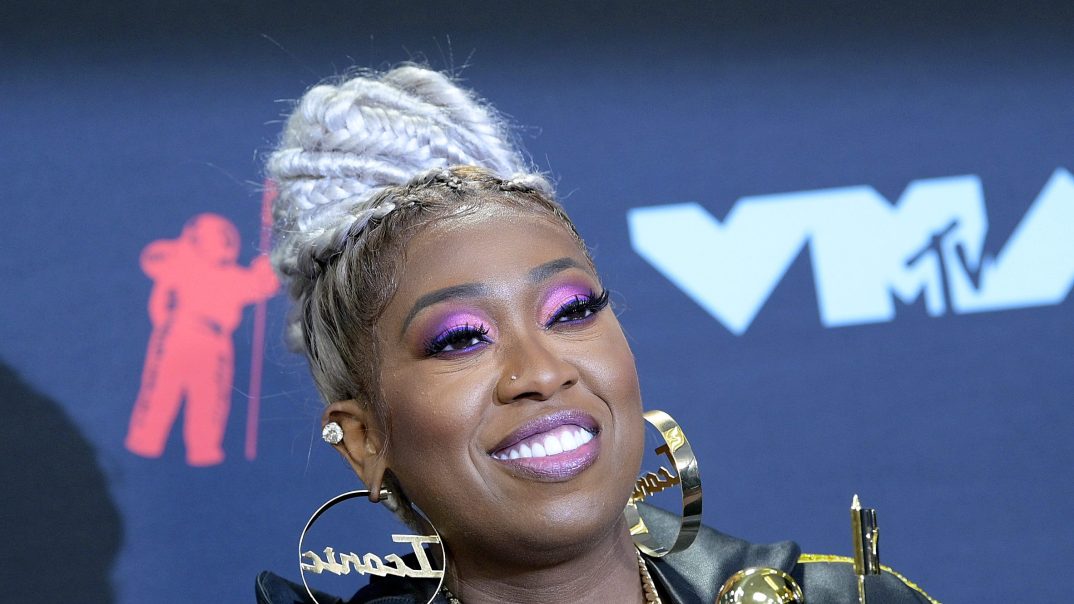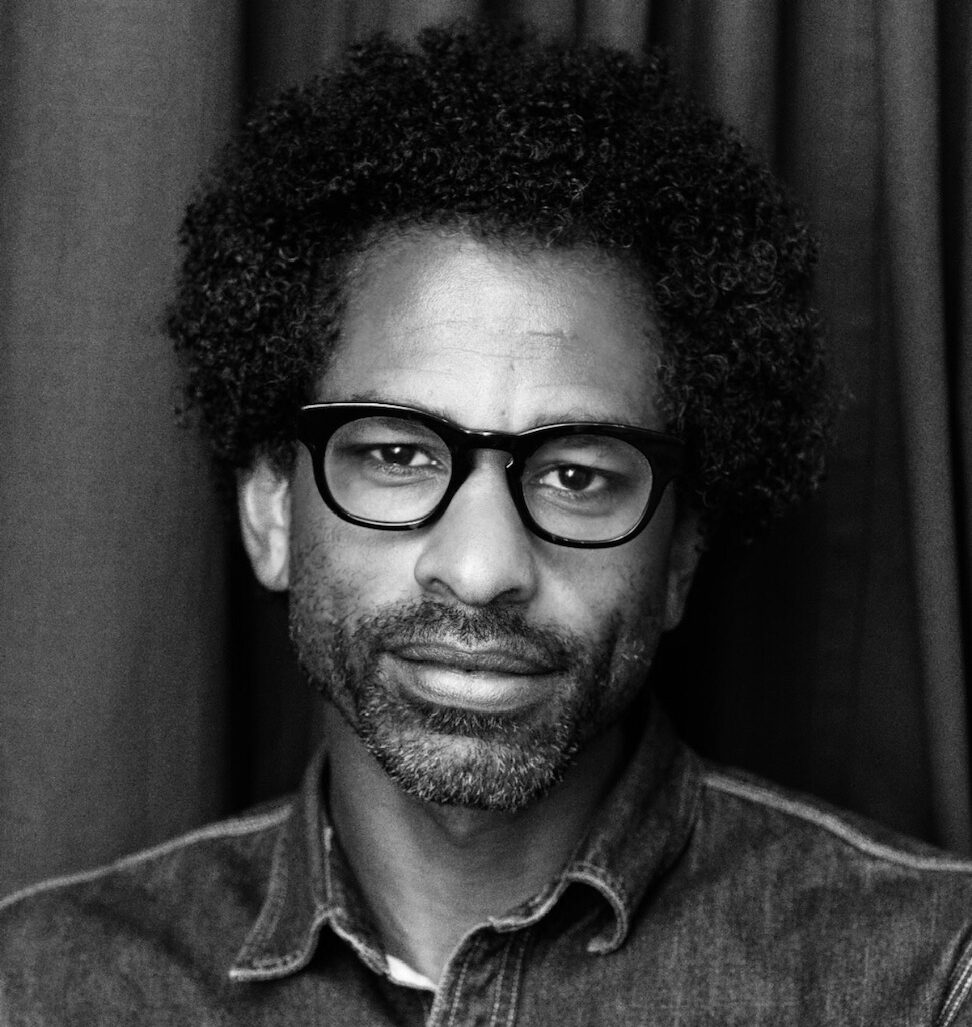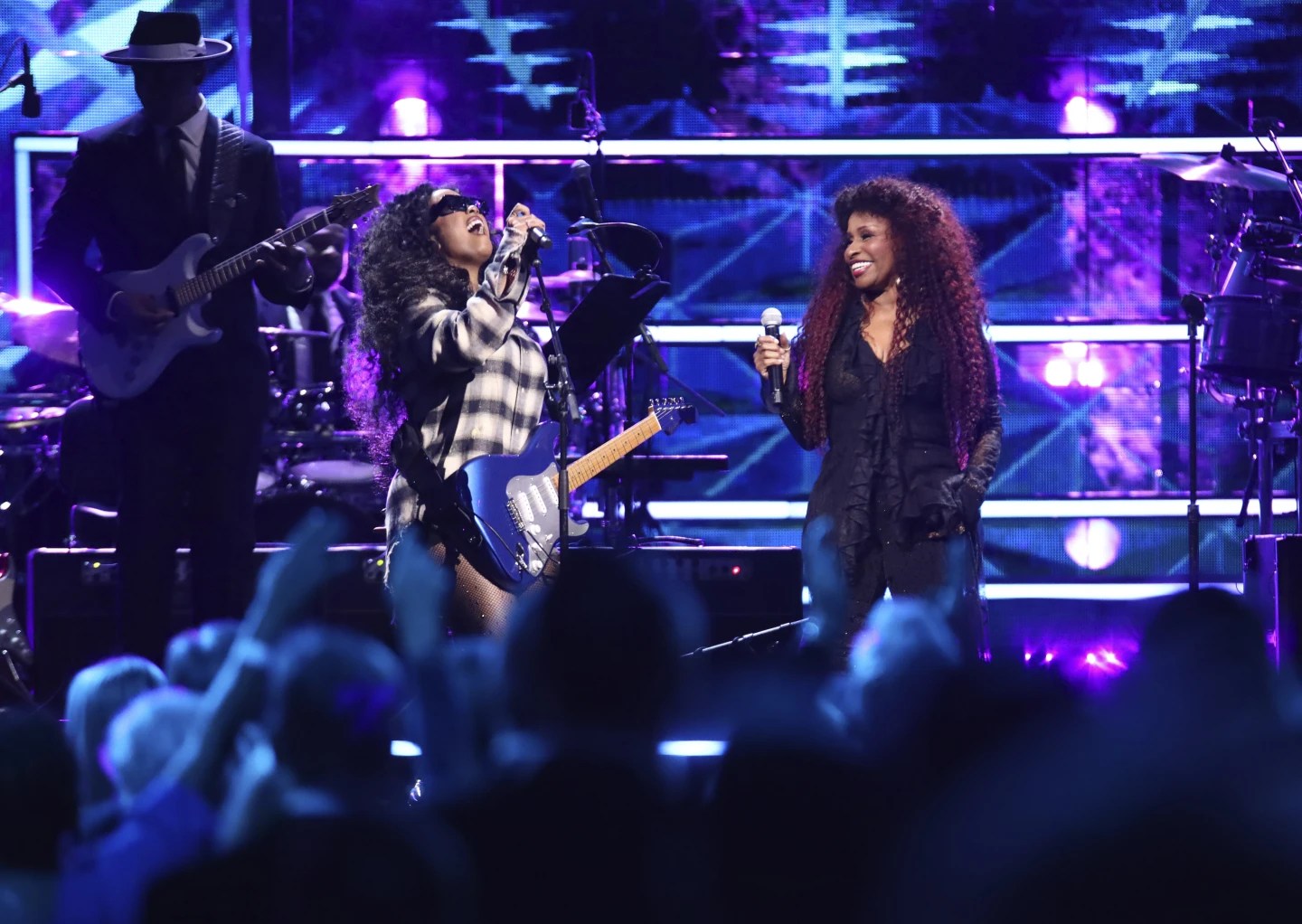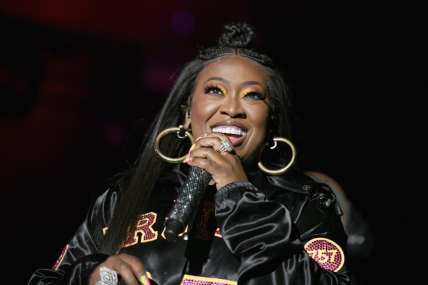Missy was supa dupa fly from day one
OPINION: Missy Elliott, who was recently inducted into the Rock and Roll Hall of Fame, didn't rise in the culture. She arrived fully formed, and nothing was the same after that.

Editor’s note: The following article is an op-ed, and the views expressed are the author’s own. Read more opinions on theGrio.
One day, they’ll look back at Missy Elliott’s career and say, wow, how is it that she had it all? She sold over 40 million records. She was inducted into the Songwriters Hall of Fame. Her sound helped change the sound of hip-hop, and her videos helped change the look of videos. Billboard named her one of the greatest music video artists of all time and MTV agreed. She was creative, innovative, colorful, brilliant and full of joy. She was giving us body positivity before that was a term. She was a feminist and an afrofuturist. In a time when it was hard for women to get a chance to rap and all but impossible for women to produce music, she did both well and successfully. Now a broad crop of massive artists say they look at her as an inspiration — Lil Wayne, Lizzo, Tyler, the Creator, MIA, Doja Cat, and on and on.
It makes sense that Missy was recently inducted into the Rock and Roll Hall of Fame because she’s had an incredible career. Decades from now, when they look back on her generation, they’ll have to talk about her.
I remember the first time I saw Missy like it was yesterday. She burst into the culture in a very loud way. I was watching MTV when I saw her — this was back when MTV played videos all the time so we watched MTV all the time. When the video for “Supa Dupa Fly” came on, I heard this funky beat and the sample from Ann Peebles’s unforgettable “I Can’t Stand The Rain,” a song I’d always loved. I’m thinking, OK, this sounds cool. And then I saw her. Some chick I’d never seen before was dancing in a giant inflated garbage bag like she was hip-hop’s Michelin woman. Or was it a latex suit? Or a space suit in black? It was an instantly iconic image that got stuck in your mind forever.
That was, of course, the point. The legendary stylist June Ambrose worked on the “Supa Dupa Fly” video. She said, “The goal was to create something that was so polarizing that it would be cemented in the brains of that consumer forever.” This suit, which they inflated at a gas station, was meant to be remembered forever so it was tied to an image that’s already locked in the American consciousness. “This was my version of a black Michelin Man,” Ambrose said. “I knew that I wanted it to feel kind of blob-ish. I knew I wanted it to be a mock-neck, something that would really kind of consume her. But I had never built anything like this before. I needed to find a contractor who knew how to build balloons. We started off with this catsuit and then it was about creating this balloon-like exterior.”
The image of Missy in that inflated body suit summoned up so much. In an era when many women were wearing nothing or almost nothing in their videos, Missy was caricaturishly overdressed and yet still completely captivating. In an era when new artists didn’t always have budgets that matched their imaginations, she had created an indelible image for little money. She made a way where there was no way, which is so hip-hop. It wasn’t about how wild or expensive that outfit was. It was about the vision to create a look that separated her from everyone. It’s crazy — in her first video, Missy created a way to be Missy for Halloween forever. It’s incredibly hard for artists to create a look that’s so iconic that it’s permanently associated with that artist so deeply that other people can wear it and make you think of them. Missy did that at the dawn of her epic career.
What did it mean to Missy? “To me,” she said, “the outfit was a way to mask my shyness behind all the chaos of the look. Although I am shy, I was never afraid to be a provocative woman. The outfit was a symbol of power. I loved the idea of feeling like a hip-hop Michelin woman. I knew I could have on a blow-up suit and still have people talking. It was bold and different. I’ve always seen myself as an innovator and a creative unlike any other.”
That image of Missy set a tone for her career. She was one to watch. She was going to be smart and creative. An out-of-the-box thinker. You knew she was here to push the boundaries of hip-hop, and she was going to be both visually innovative and sonically compelling. Missy didn’t rise up, she arrived.

Touré is a host and Creative Director at theGrio. He is the host of Masters of the Game on theGrioTV. He is also the host and creator of the docuseries podcast “Being Black: The ’80s” and the animated show “Star Stories with Toure” which you can find at TheGrio.com/starstories. He is also the host of the podcast “Toure Show” and the podcast docuseries “Who Was Prince?” He is the author of eight books including the Prince biography Nothing Compares 2 U and the ebook The Ivy League Counterfeiter.
TheGrio is FREE on your TV via Apple TV, Amazon Fire, Roku, and Android TV. Please download theGrio mobile apps today!


